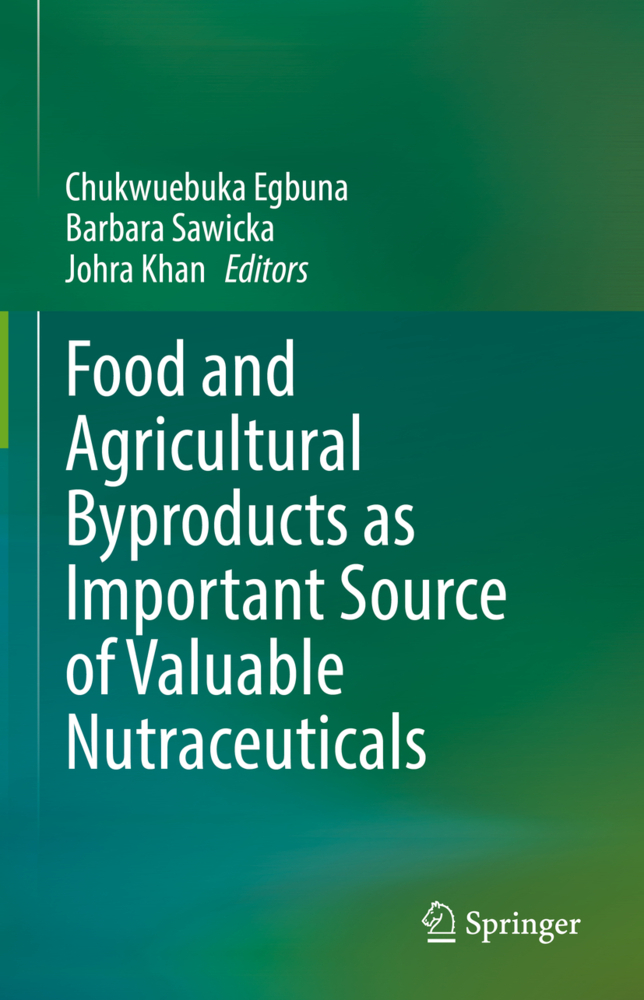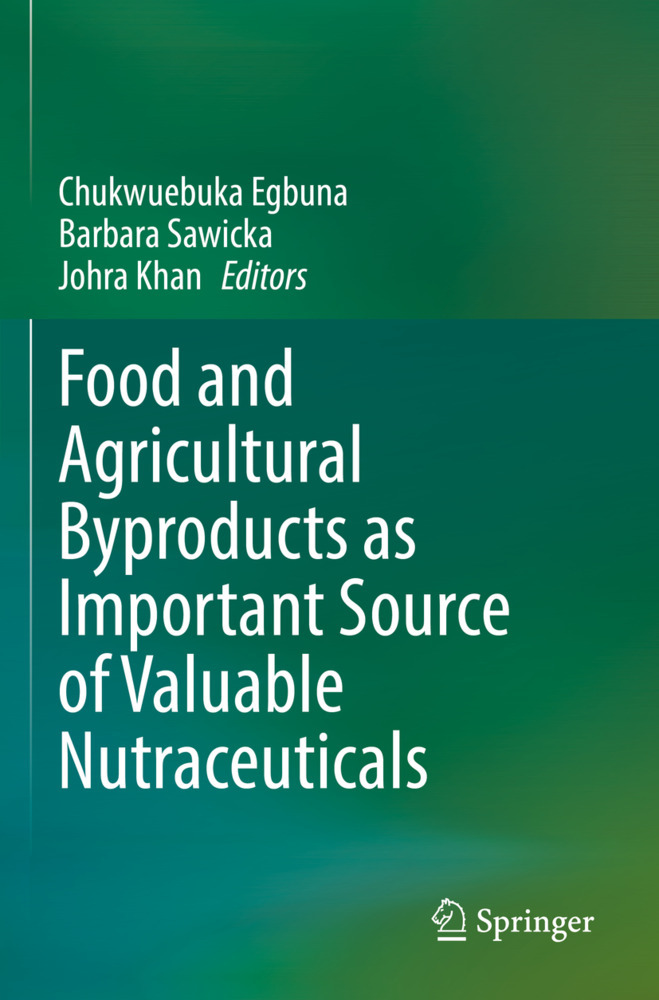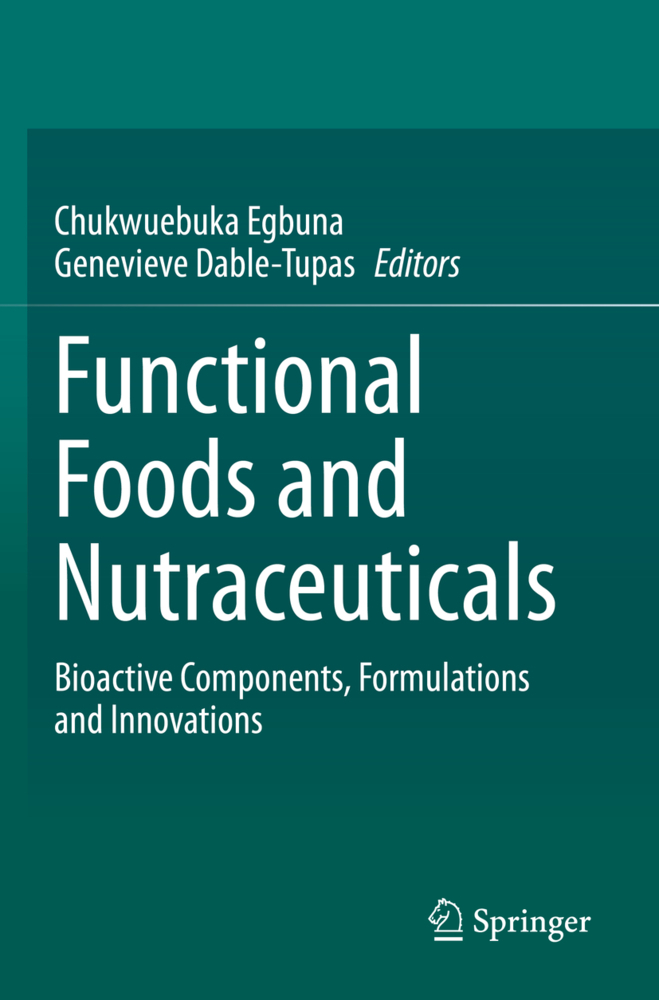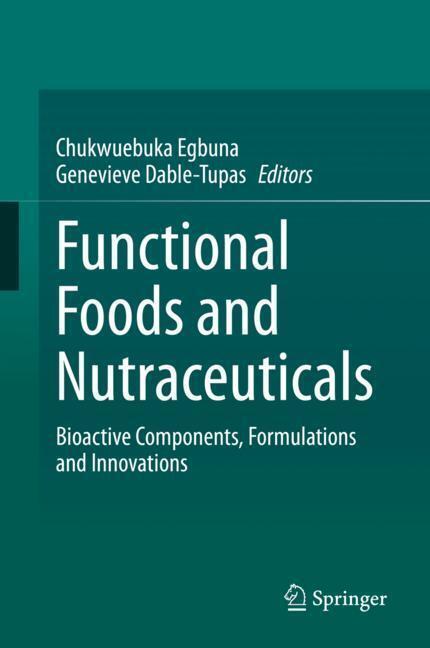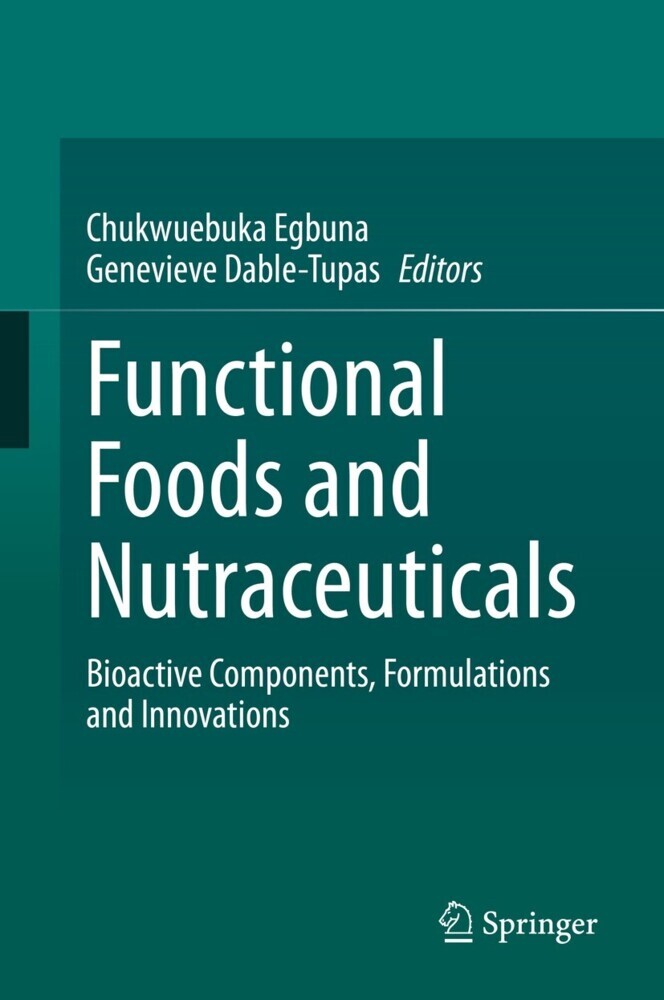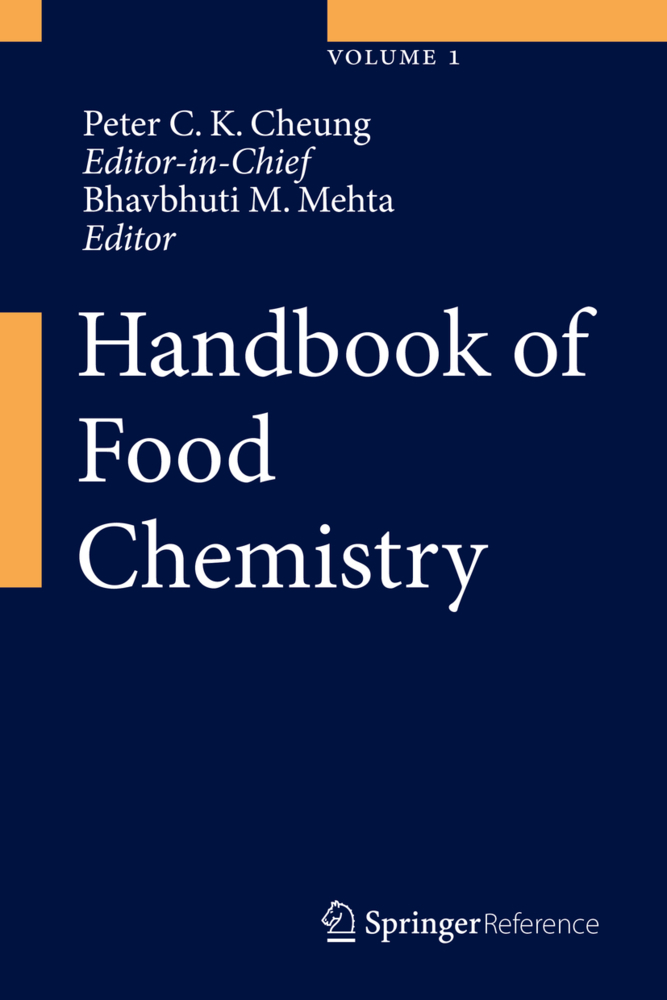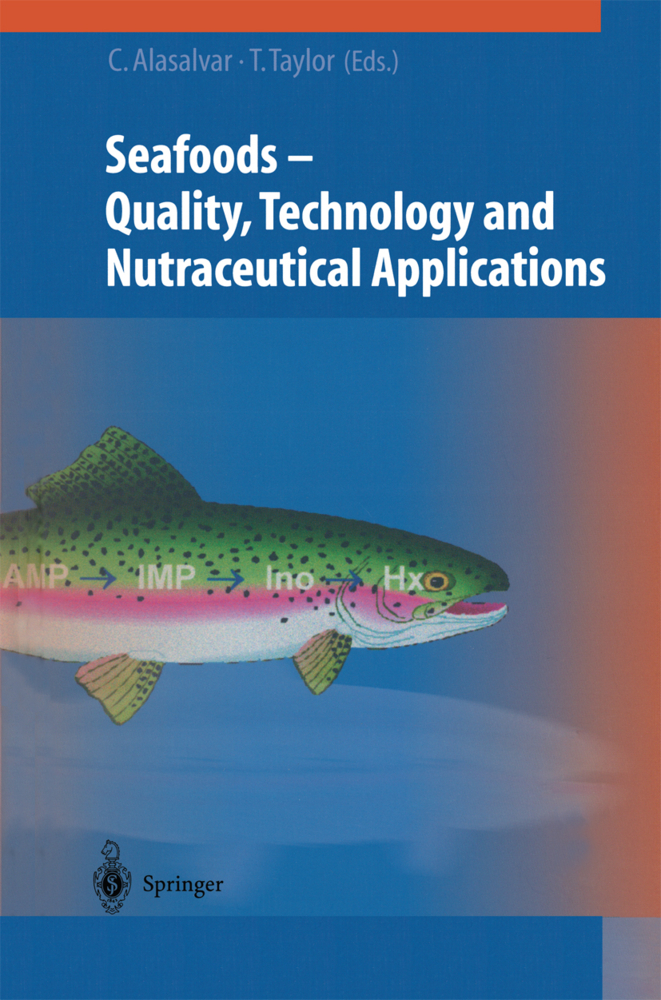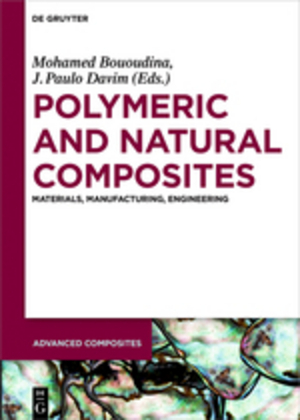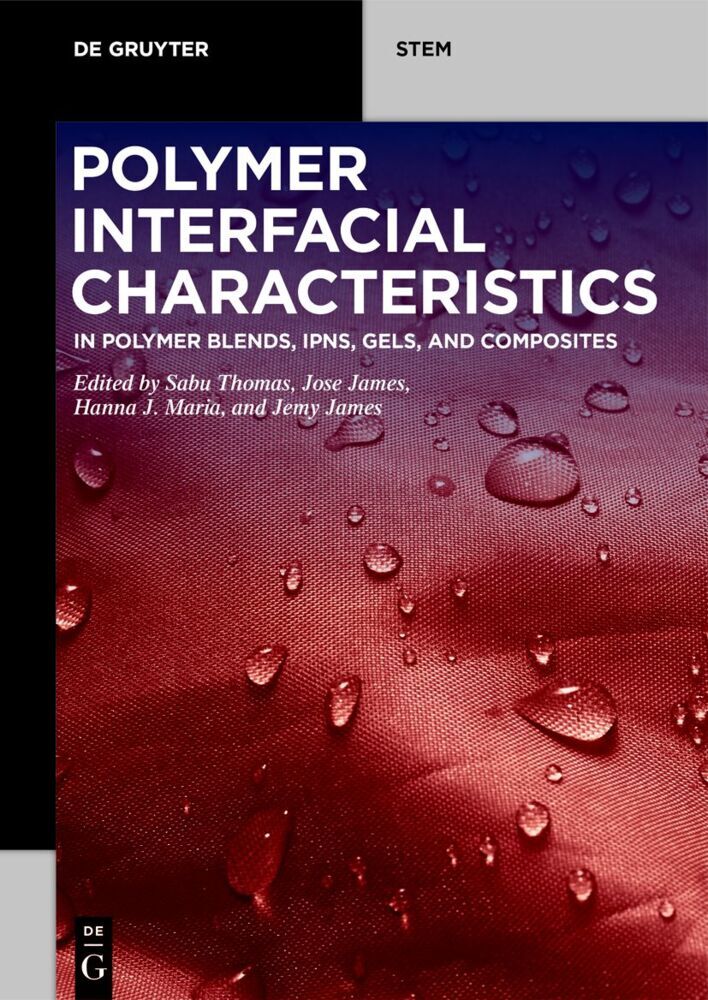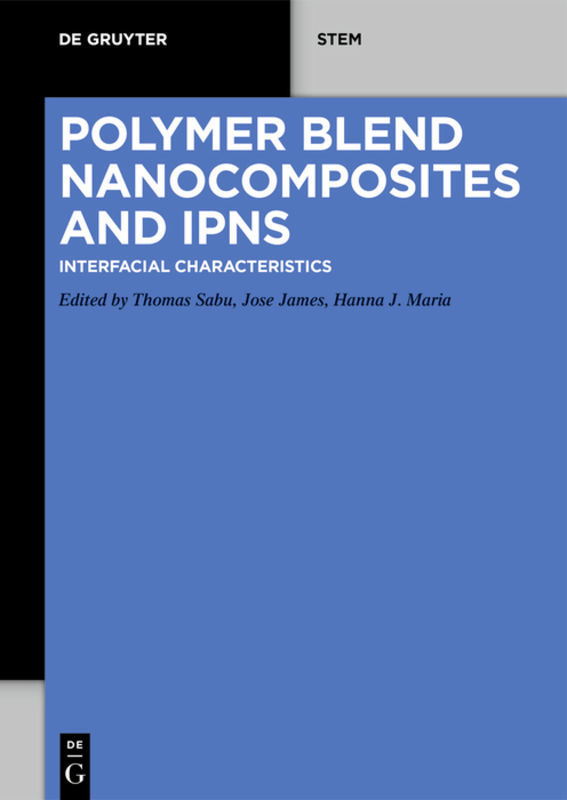Food and Agricultural Byproducts as Important Source of Valuable Nutraceuticals
Food and agricultural by-products are leftovers or wastes from parts of foods, fruits, vegetables and animal sources which are obtained after processing. Agricultural by-products includes peels and rinds from citrus fruits, pineapple, mango, and banana. Other notable ones are pomace from apple, olive, red beet, and those from wine making. Also, whey from milk, straws, hulls, and brans from grains are among top agricultural by-products. These by-products often impact the environment and the social-economic sectors when they are disposed. But with the recent advances in biotechnology and scientific research, scientists have found usefulness in some of these byproducts as sources of valuable nutraceuticals, a term used to refer to chemical entities present in foods that has the propensity to impact health for disease prevention and treatment. This book entitled 'Food and agricultural by-products as important source of valuable nutraceuticals' presents detailed informationabout major agricultural byproducts that are rich in nutraceuticals. The nature and the type of nutraceuticals that they contains and their health promoting benefits were presented. The editors and chapter contributors are renowned experts from key institutions around the globe. This book will be useful to students, teachers, food chemists, nutritionists, nutritional biochemists, food biotechnologists among others.
Key features
Ø Highlights the health promotion benefits of nutraceuticals
Ø Presents information on agrifood by-products as sources of nutraceuticals
Ø Discusses functional nutraceuticals from peels, rinds, pomace, hull, bran etcChapter 1: The Role of Nutraceuticals as Food and Medicine, Types and Sources
Chapter 2: Potato Peels as a Source of Nutraceutic.- Chapter 3: Red Beet Pomace as a Source of NutraceuticalsChapter 4: Mango Peels as a Source of Nutraceuticals
Chapter 5: Apple Pomace as a Source of Nutraceutical
Chapter 6: Olive Pomace as a Source of Nutraceuticals
Chapter 7: Orange Peel as a Source of Nutraceuticals
Chapter 8: Pineapple Fruit Peels as a Source of Nutraceuticals
Chapter 9: Jackfruit (Artocarpus heterophyllus Lam) Byproducts as a Source of Nutraceuticals
Chapter 10: Pawpaw Peels as a Source of Nutraceuticals
Chapter 11: Nutritional and Nutraceutical Potentials of Residual Cakes from Seeds of Moringa (Moringa oleifera L.), Sacha Inchi (Plukenetia volubilis L.) and Hibiscus Flower (Hibiscus sabdariffa L.) after Oil Extraction
Chapter 12: Whey Protein from Milk as a Source of Nutraceuticals
Chapter 13: Corn Byproducts as a Source of Nutraceuticals
Chapter 14:Sorghum Byproducts as a Source of Nutraceuticals
Chapter 15: Rice Husk as a Source of Nutraceuticals
Chapter 16: Byproducts of Groundnut as Source of Nutraceuticals
Chapter 17: Banana Peel as a Source of Nutraceuticals.
Egbuna, Chukwuebuka
Sawicka, Barbara
Khan, Johra
| ISBN | 978-3-030-98759-6 |
|---|---|
| Artikelnummer | 9783030987596 |
| Medientyp | Buch |
| Copyrightjahr | 2022 |
| Verlag | Springer, Berlin |
| Umfang | X, 257 Seiten |
| Abbildungen | X, 257 p. 43 illus., 39 illus. in color. |
| Sprache | Englisch |

